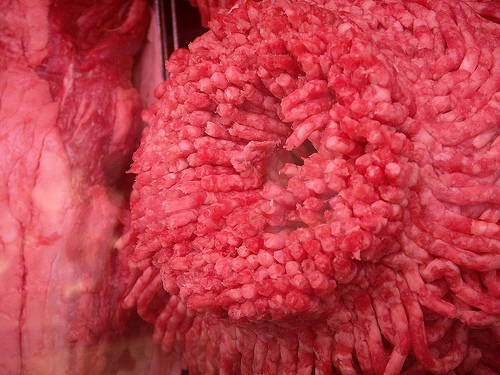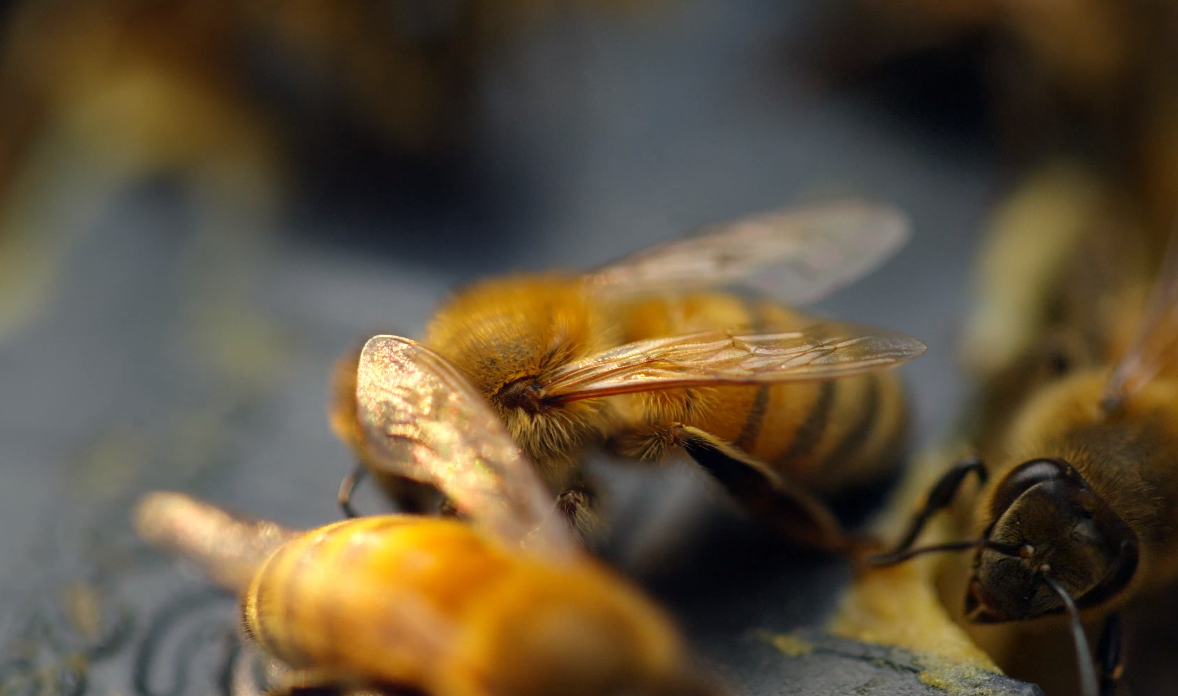It’s tough times for bees. Over the past few years, colony collapse disorder has wiped out some entire beekeeping operations, and scientists don’t understand or agree on the cause. In Europe, respected scientists and agencies are declaring some popular pesticides too dangerous for bees. Stateside, it’s another story.
On Tuesday, the U.S. EPA hosted a bee summit to talk about the problem. “The EPA has been working aggressively to protect honey bees and other pollinators,” the agency says. “The 2013 Pollinator Summit is part of the agency’s ongoing collaboration with beekeepers, growers, pesticide manufacturers and federal and state agencies to manage potential pesticide risks to bees.”
The summit highlighted some sobering details on the scope of the problem, but it also gave a platform to Bayer, Syngenta, DuPont, and Monsanto — companies that make the very kinds of pesticides that have been linked to bee deaths. This week, Bayer also announced a “bee care tour” and new efforts to “minimize the impact” of neonicotinoid pesticides that mess with bee brains.
Yesterday’s #EPA #beesummit was a farce. What gives? All about efficient new technologies, not about protecting pollinators.
— Paul Towers (@PaulAtPAN) March 6, 2013
Meanwhile, scientists say domesticated honeybees aren’t the only ones having a terrible time lately. Wild bees are even more important for the pollination of certain crops, according to new research, and they’re in trouble too.
The Summit County Voice reports:
The study, recently published in Science, focused on understanding whether the ongoing loss of wild insects impacts crop harvest. The researchers compared fields with abundant and diverse wild insects to those with degraded assemblages of wild insects across 600 fields at 41 crop systems on all continents with farmland. In areas where less wild insects visited crop flowers, the proportion of flowers setting seeds or fruits, was considerably lower, they concluded.
The addition of beehives helps improve pollination, but not dramatically. Variation in honey bee abundance improved fruit set in only 14 percent of the crop systems they served.
Wild insects pollinate crops more effectively because an increase in their visitation enhanced fruit set by twice as much as an equivalent increase in honey bee visitation. A high abundance of managed honey bees supplemented — but doesn’t substitute [for] — pollination by wild insects.
If I were a bee, I’d be drinking pretty hard these days, too.




